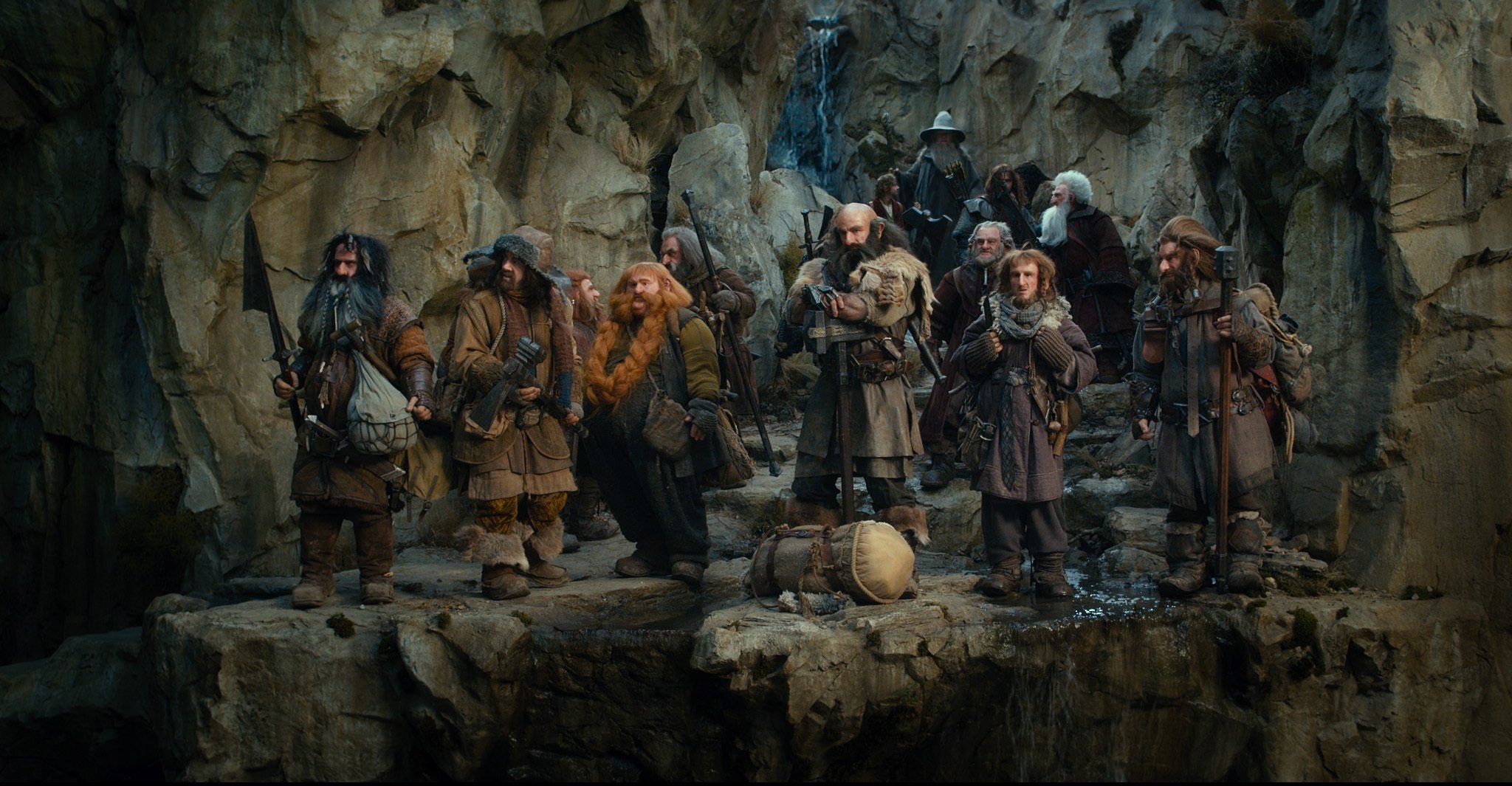The Hobbit: An Unexpected Journey (2012)

“The Hobbit: An Unexpected Journey,” directed by Peter Jackson and released in 2012, marks the beginning of an epic cinematic journey that revisits J.R.R. Tolkien’s richly imagined Middle-earth. As the first installment in a trilogy adapted from Tolkien’s beloved novel, the film serves as both a prequel to Jackson’s acclaimed “The Lord of the Rings” trilogy and a standalone adventure in its own right. With its expansive world-building, captivating characters, and adventurous spirit, “An Unexpected Journey” reintroduces audiences to the magic and grandeur of Middle-earth.
The film begins with Bilbo Baggins (played by Martin Freeman), a hobbit living a peaceful life in the Shire. Bilbo’s world is turned upside down when the wizard Gandalf the Grey (Ian McKellen) and a group of thirteen dwarves, led by Thorin Oakenshield (Richard Armitage), arrive at his doorstep. The dwarves seek Bilbo’s help as a “burglar” in their quest to reclaim their homeland, the Lonely Mountain, from the fearsome dragon Smaug.
The adventure takes Bilbo and his companions across Middle-earth, encountering trolls, goblins, and giant spiders, while forging alliances with elves and humans. Throughout their journey, Bilbo evolves from a reluctant participant to a courageous hero, discovering his own resourcefulness and bravery. The film’s narrative intricately weaves together the quest for the Lonely Mountain with the overarching threat of the Dark Lord Sauron, setting the stage for the epic conflicts that will unfold in the subsequent installments.

At its core, “An Unexpected Journey” explores themes of courage, self-discovery, and the hero’s journey. Bilbo’s transformation from a timid hobbit into a brave adventurer is central to the film’s narrative. Initially hesitant and uncomfortable with the idea of leaving his home, Bilbo gradually embraces the challenge, illustrating the theme of personal growth through adversity. His journey reflects the classic hero’s arc, where he discovers strengths and qualities he never knew he possessed.
The film also delves into themes of friendship and loyalty. The relationships between Bilbo and the dwarves evolve from mutual suspicion to deep camaraderie. Thorin’s leadership and the dwarves’ loyalty to their cause highlight the bonds that form through shared experiences and mutual respect. Gandalf’s role as a mentor and guide underscores the importance of wisdom and guidance in the face of daunting challenges.
Peter Jackson’s direction is complemented by the film’s stunning visual and aesthetic design. Utilizing cutting-edge technology, including the revolutionary 48 frames-per-second (HFR) format, Jackson presents Middle-earth with a level of detail and clarity that immerses viewers in the fantastical world. The lush landscapes, intricate set designs, and detailed costumes bring Tolkien’s world to life with breathtaking realism.

The film’s visual effects, particularly in the depiction of fantastical creatures and grand battle sequences, are a testament to Jackson’s commitment to blending practical effects with CGI. The contrast between the serene beauty of the Shire and the dark, treacherous environments encountered on the journey adds depth and variety to the film’s visual storytelling.
Howard Shore’s musical score is a crucial element of the film, enhancing its emotional depth and grandeur. The soundtrack incorporates motifs from “The Lord of the Rings” while introducing new themes that evoke the adventurous spirit of “The Hobbit.” The music underscores key moments of tension, triumph, and introspection, contributing to the film’s immersive and emotional experience.

Upon its release, “The Hobbit: An Unexpected Journey” received a mixture of praise and criticism. While many viewers and critics admired its visual spectacle, engaging storytelling, and faithful adaptation of Tolkien’s work, some noted concerns about its pacing and the expansion of the source material into a trilogy. Despite these critiques, the film was successful in rekindling interest in Middle-earth and setting the stage for the subsequent films.
In conclusion, “The Hobbit: An Unexpected Journey” (2012) serves as a compelling introduction to a new chapter in the Middle-earth saga. Through its exploration of themes such as courage, friendship, and personal growth, combined with its stunning visual and musical elements, the film captivates audiences and reaffirms Peter Jackson’s ability to bring Tolkien’s world to life. As the beginning of a grand adventure, “An Unexpected Journey” invites viewers to embark on a journey filled with wonder, danger, and discovery.











